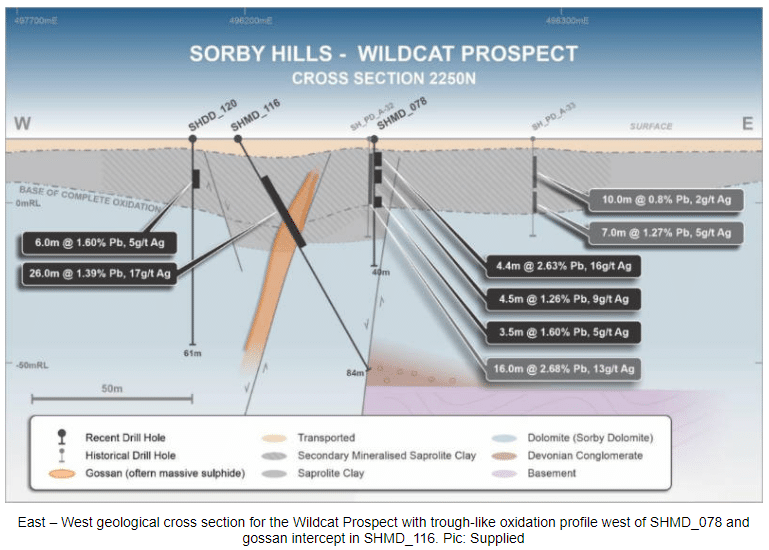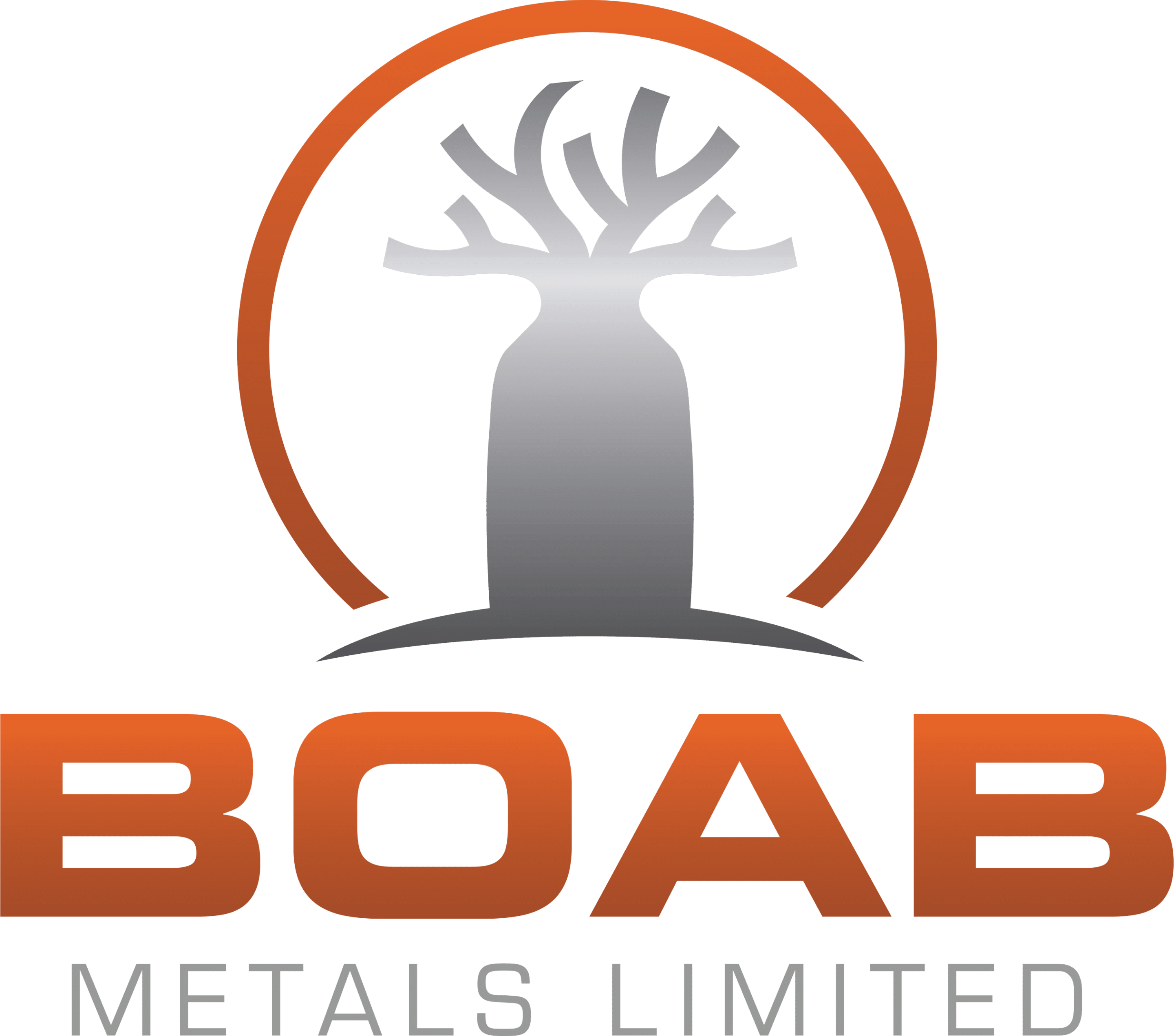Drilling at Boab’s Sorby Hills lead-silver-zinc project has extended existing mineralisation and confirmed near-surface mineralisation at the Wildcat prospect.
Final results from the diamond drilling portion of the Phase V drill program extended mineralisation at the B deposit and confirmed the continuity of mineralisation between the Omega and Norton deposits.
Notable results are 26m at 2.58% lead and 25 grams per tonne (g/t) silver from 53m including 2m at 7.5% lead and 58g/t silver from 71m at the Beta deposit, 12m at 5.82% lead and 24g/t silver from 35m at the B deposit and 5m at 5.37% lead and 16g/t silver from 90m at the Omega deposit.
Boab Minerals’ (ASX:BML) drilling at Wildcat also returned a 26m intersection grading 1.39% lead and 17g/t silver from a depth of 14m that included a 5m zone at 2.12% lead and 27g/t silver from 15m.
The takeaway is to expect upgrades on the current (and already substantial) resource of 44.9 million tonnes at 3.2% lead, 37 grams per tonne silver and 0.5% zinc, 56% of which is in the high confidence measured category.
“The final drilling results from our diamond drilling program have confirmed mineralisation extensions at B Deposit and the Beta Deposit,” managing director Simon Noon said.
“We are particularly encouraged by the very near-surface, free diggable Pb-Ag mineralisation at the Wildcat Prospect which appears expandable.”
He added that the company has high expectations that the reverse circulation drilling which has commenced at the Beta deposit to tighten drill spacing would enable its inclusion in the upcoming definitive feasibility study.

Phase V drilling
The Phase V drill program was designed to expand the mining inventory and increase the proposed 1.5 million tonne per annum production capacity in the upcoming DFS.
At the B deposit, drilling indicated that the mineralisation is thickest in two north-northeast to south-southeast trending corridors, which were targeted and proved to be mineralised.
Mineralisation remains open down-dip, though the company noted that the overburden thickness also increases.
Boab’s drilling has also established that the Omega and Norton ore bodies are located in the same mineralised horizon, making both deposits part of a 3.7km long zone of mineralisation that varies in thickness, grade and depth distribution.
Meanwhile, mineralisation at the Beta deposit has been confirmed in the hanging wall of the Knox Formation, as opposed to footwall locations in the other deposits.
This is hosted in a channel-like sedimentary breccia body with lateral thickness variation and is the subject of RC drilling to raise the confidence level of the deposit in terms of grade and thickness distribution.
At the Wildcat prospect, drilling confirmed the extremely shallow nature of mineralisation and indicated that it could be extended south and possibly to the east and west.
The company added that while the grades are lower than the average of the sulphide ore in the main Sorby Hills ore body, the host material is a free-digging saprolitic clay that starts from about 5m below the transported lateritic soil.
This article was developed in collaboration with Boab Metals, a Stockhead advertiser at the time of publishing.
This article does not constitute financial product advice. You should consider obtaining independent advice before making any financial decisions.

